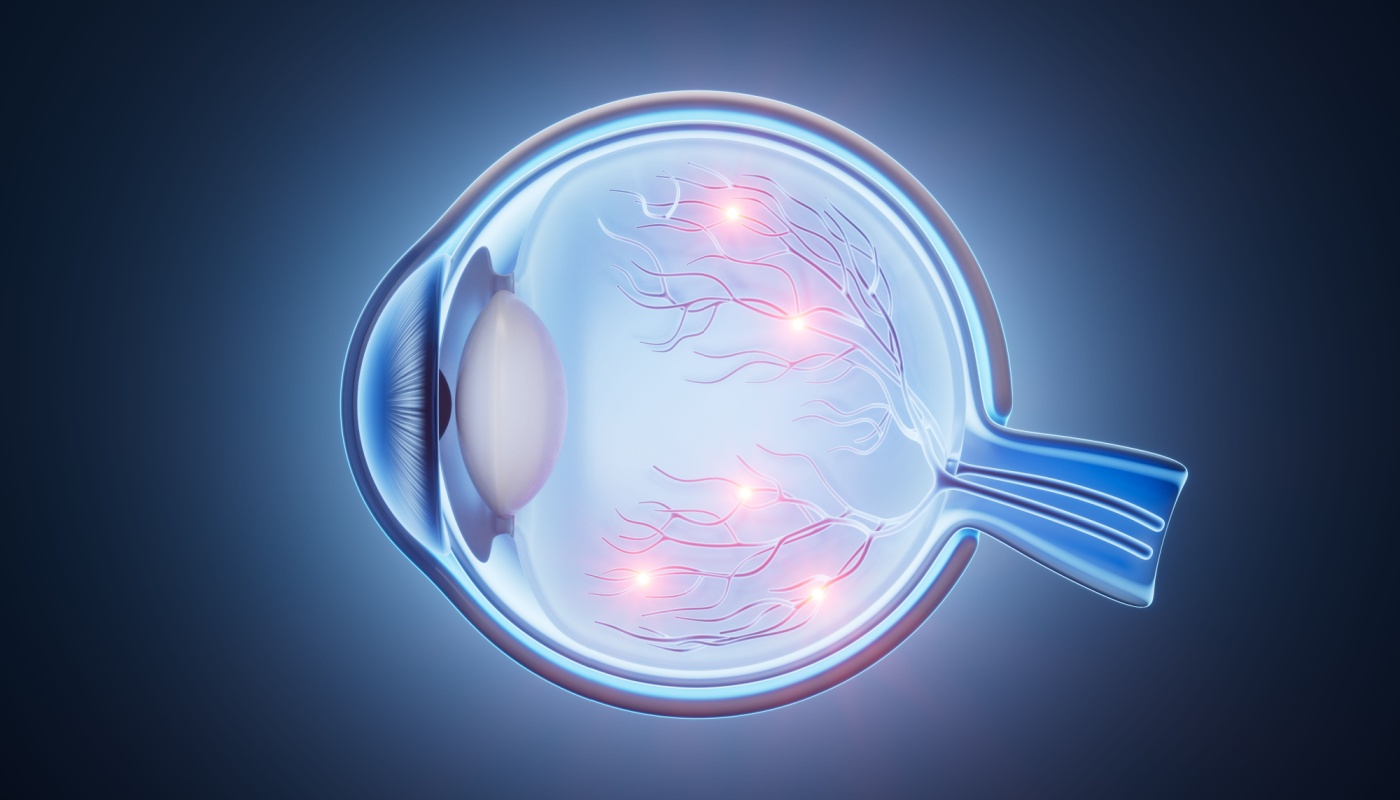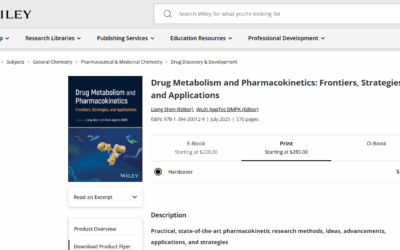Ocular diseases like age-related macular degeneration (AMD), glaucoma, and dry eye affect millions of people across the globe, diminishing quality of life and risking irreversible vision loss. While the need for pharmaceutical treatment options is significant, effective drug delivery to these tissues presents a considerable challenge. The eye’s built-in protective barriers complicate effective pharmacological treatments, especially to deeper ocular tissues such as the vitreous and posterior segments. This unique scientific challenge requires innovative, targeted ophthalmology therapies and drug developers willing to tackle them with specialized preclinical in vivo ADME and pharmacokinetic methodologies.
Ocular Barriers and the Challenge of Drug Delivery
Aside from the eye’s inherently small size and intricate structure, which make ocular drug testing difficult, several naturally occurring protective mechanisms also present unique challenges. These protective mechanisms exist to preserve the delicate balance that maintains the eye’s normal function, structure, and environment needed for clear vision and overall health. Highly effective for naturally protecting the eye, they work so well that it becomes difficult for drugs to pass through tissues to deliver their therapeutic effects.
The components of the eye’s self-preservation system take many forms, and each must be considered when determining the most effective route of drug administration and delivery.
- Corneal tissue, conjunctiva, and sclera—tough layers that protect the eye and limit therapeutic bioavailability (static barriers).
- Constant tear flow—removes debris, supplies nutrients, and protects against pathogens by flushing and maintaining surface homeostasis.
- Efflux pumps—membrane-bound transporter proteins that expel a wide range of substrates, including drugs, toxins, and metabolic byproducts, out of the eye
- Blood-retinal barrier—regulates ion, protein, and water flux between the blood and retinal tissue, preserving the specialized environment necessary for retinal function and visual processing
These combined defenses significantly reduce drug permeability and bioavailability— factors often evaluated through in vivo ocular pharmacokinetics and ADME studies, especially when targeting the back of the eye (the posterior segment), making it necessary to use alternative formulations
and administration methods, like injections or implants, to achieve effective treatment.
Tailored Routes of Administration: Matching Delivery to Disease Location
To leap over these biological hurdles, drug developers must take advantage of the full spectrum of drug delivery methods and carefully calibrate them during clinical trials. WuXi AppTec’s DMPK platform supports this development through in vivo ADME studies designed to evaluate ocular pharmacokinetics early in development. These studies provide critical data on drug distribution, clearance, and retention across eye compartments—guiding the selection of appropriate administration routes and formulations. Our comprehensive validation testing leverages recent advancements to optimize delivery strategies for both anterior and posterior segments of the eye. These include:
- Topical administration – Easy-to-use forms that mainly treat ocular surface conditions due to their limited penetration into deeper eye tissues (eye drops, gels, ointments).
- Intravitreal and subretinal injection – Injectable drugs delivered directly to the retina and used for retinal diseases like AMD.
- Intracameral and subconjunctival injections – Injectable drugs that target structures in the anterior (front) of the eye and are common in surgeries to deliver anti-infectives or anti-inflammatories.
- Periocular and retrobulbar injections – Injected treatments around or behind the eye that are effective at reaching back-of-eye tissues indirectly.
These routes are selected based on disease pathology, therapeutic modality, and pharmacokinetic (PK) profile. For example, while eye drops are commonly used for the cornea or anterior segment eye diseases like conjunctivitis or dry eye, intravitreal injections may be needed to deliver therapeutic drugs to the retina or choroid. The latter is necessary for treating conditions such as macular degeneration or diabetic retinopathy that involve deeper tissues within the eye structure.
A Final Word
Overcoming the challenges of ophthalmic drug delivery systems requires a nuanced understanding of the eye’s unique physiology and how it enables or inhibits targeted therapeutics. With its robust suite of validated testing platforms and delivery models, WuXi AppTec enables drug developers to match each therapeutic candidate with the optimal administration route—whether targeting surface conditions or diseases affecting deeper ocular structures. Our tailored preclinical support ensures that investigational treatments are evaluated under scientifically rigorous, clinically relevant conditions, facilitating the development of innovative solutions for conditions like AMD, glaucoma, and dry eye. As the demand for effective ophthalmic therapies grows, WuXi AppTec is a partner in accelerating discovery and optimizing delivery strategies, helping innovators navigate complexity with clarity and precision. Together, we can bring advanced ocular treatments closer to the patients who need them.


